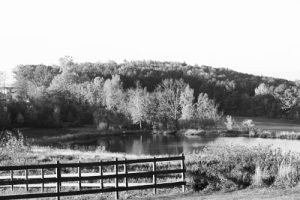Historian
Tim Rodabaugh
Email: [email protected]
Historian
Rick Smith
Email: [email protected]
www.townofveteranhistoricalsociety.com
The Town of Veteran is named after the first settler, Mr. Green Bently, a veteran. Mr. Bently had
served in the French and Indian War, enlisted in 1775 in the revolutionary struggle, and served
throughout the Revolutionary War. But it is also said that Veteran received its name for the Town’s
swift response to the call for soldiers during the Civil War; responding much quicker than the rest of
Chemung County. Interesting enough, the Town of Veteran’s population to this day has a
disproportionate number of citizens that are veterans. The Town’s patriotism has carried throughout the years.
The Town has a great history that began with early woolen manufacturing and lumbering then later
attracted businesses such as distilleries, saw mills, grist mills, creameries, carriage shops, cattle
farming and blacksmith shops. In the late 1800’s Veteran encompassed two bustling villages of Pine
Valley and Millport (originally Millvale) that rivaled Elmira. These two areas included a railroad,
many stores, churches, secret societies, a couple of schoolhouses, two post offices and were quite the
areas of business activity. The opening of the Chemung Canal in 1833 truly spurred and supported
much of the business activity in Veteran. The canal extending along the valley of Catharine Creek
allowed for timber and other goods to be sent and sold at markets in Utica, Albany and New York.
Like many other towns in the region, Veteran also suffered through a scarlet fever epidemic in 1841
which killed a large number of children. One year later Veteran suffered from another disease called
erysipelatoid that also killed many. In 1849 during the building of the Northern Central Railroad,
many out-of-towners were working on construction when cholera broke out and spread to citizens
in the Millport area. It is known that at least 375 individuals died from this fatal disease in a very
short period of time. Lastly, a catastrophe in 1857 due to excessive rains had Catharine Creek flooded
and carried away many homes, businesses, bridges and dams as well as suspending all navigation on
the canal for some time. It took some time for the Village to return to normal.

Learn more at: wikipedia.org | joycetice.com | townofveteranhistoricalsociety.com
